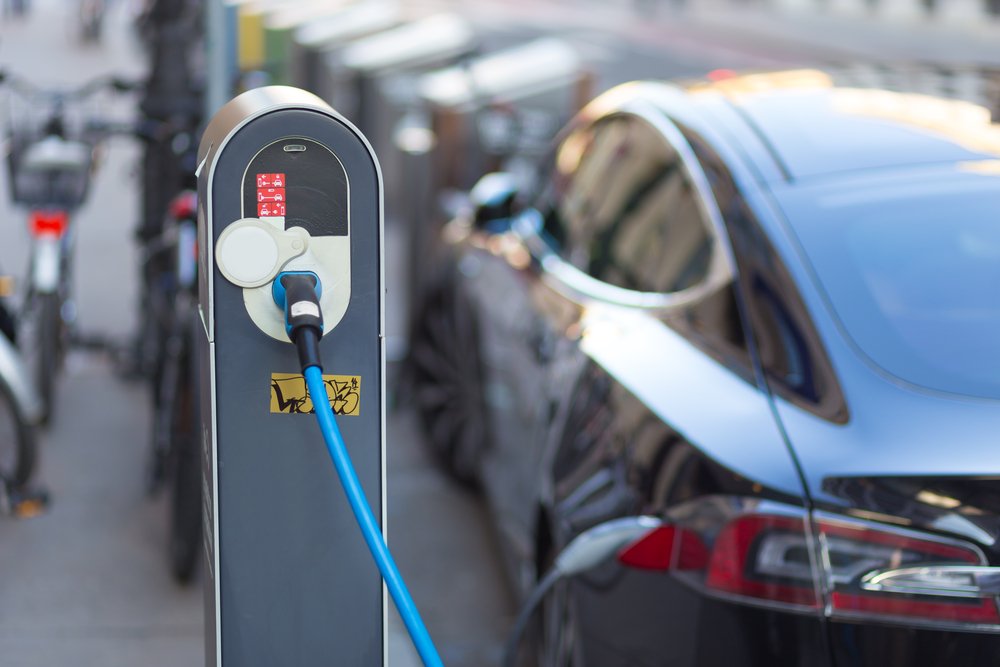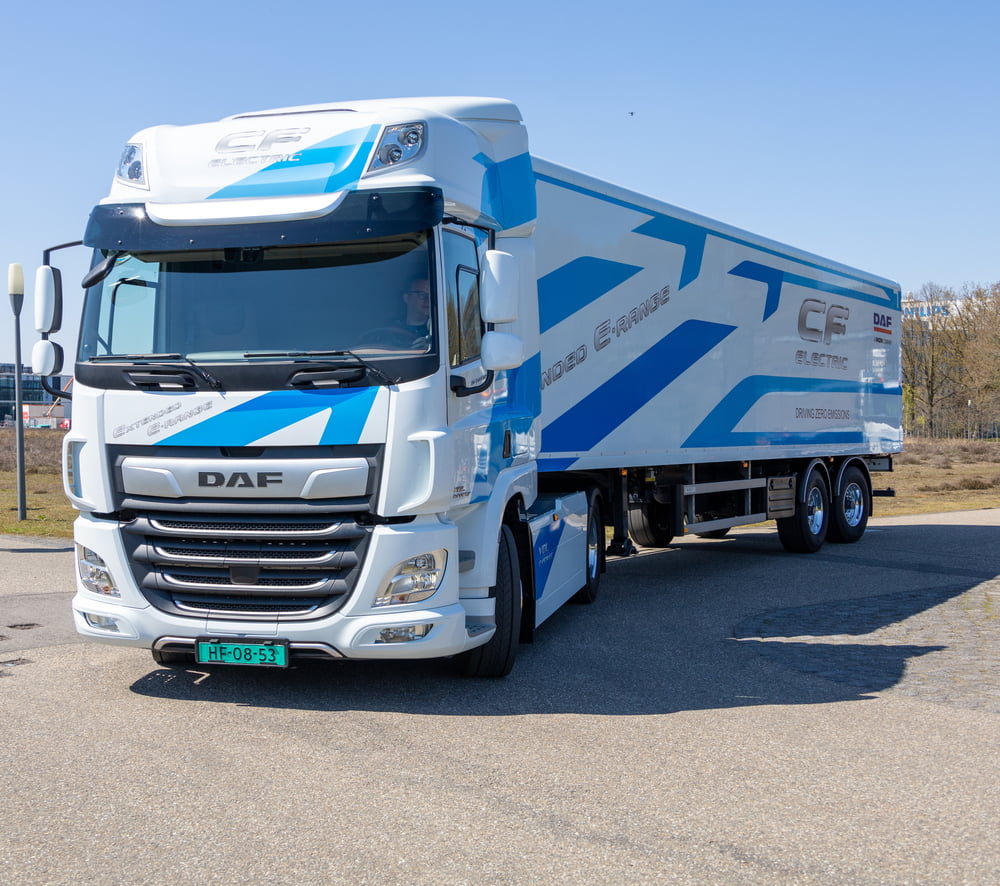While there is talk at global level about a ban from 2039, which is rather a more realistic date, from 2029 you will only be able to buy electric cars in Flanders. If it is up to the Flemish climate agreement, that is the ultimatum for combustion engines on petrol, diesel and gas, which is somewhat strict. There are, however, some tough hurdles to overcome. The condition is that there are sufficient charging stations, by 2030 the aim is to reach 100.000 'semi-public charging equivalents'. In addition, a 'wide range and price-competitive range' of electric cars must be available. But the latter won't be the problem.
close doors
Many small garages will have to close their doors. With an electric car you do not have to replace filters or change oil. These are all steps that disappear for the small garage owners in the street. It is often small companies that now maintain all car brands. That will no longer be possible. The turnover for garage owners will no longer come from the maintenance of the vehicle fleet as it is now, but rather from the volume of sales of new electric cars. The sole proprietorships that do not make brands and do not sell will disappear from the streets for good. Yet branded garages must continue to provide both services – mechanical and electrical – for years to come.

scarcity
The new electric cars that are sold go for the top prize. That is why second-hand cars cannot be towed. There is currently a huge shortage of cars. At least, that's what the sector would have us believe, causing the prices of used cars to skyrocket. There is no stock, not even for electric cars. There is also a great lack of used cars. Because electric cars are much too expensive, there is currently a run on the smallest cars to a small middle class. So a search for used cars. These 'young' cars are massively imported to meet the demand. Because new cars are becoming unaffordable, the demand for used cars is higher. People who previously bought new, now buy a car with the head off. And customers who first bought a car with the head off, now turn to 2 to 3 year old cars.
educations
Auto mechanic, there's gold to be made with that. The training courses at technical schools have also changed significantly in recent years. In the past, students had to tinker with a gearbox or combustion engine. Nowadays they are already learning to read a motor with a laptop or how electrical systems function. During your training you will learn everything about hybrid and fully electric vehicles in addition to 'normal' car technology. How electric everything may become, repairing car damage is here to stay and a study in this sector continues to provide security for a job. In the Automotive technology and Mobility the future is open because it is a world of new developments and innovations.
hybrid or electric
Hybrid market share is up 29,3% this year to more than a quarter of new registrations. In 2020 that was 15,4 %. The explanation must mainly be sought in the hybrid company cars that have been able to count on the tax benefit VAA (Advantage All Nature) since the beginning of last year. The difference between electric and hybrid driving lies in the extent to which the car runs on electricity. Is a car 100% electric and no other fuel is needed to move forward? Then one speaks of an electric car. We call all other ratios of propulsion on electricity and (fossil) fuel 'hybrid'. Most hybrid cars are charged by means of a charging station or other energy source. That is why these cars are called plug-in hybrids (Plug-in Hybrid Electric Vehicle, or PHEV). A plug-in hybrid car can drive electrically, but also runs on conventional fuels. Think petrol or diesel. Just like an electric car, a plug-in hybrid can charge with a plug that you 'plug in'. This type of car is therefore in between a fully electric car and a conventional fuel car.
climate agreement
Recently, Europe has demanded that our country reduce its emissions by 47 percent by 2030. Europe wants to become climate neutral: by the middle of the century, all industry, power plants, cars, houses and livestock must not emit more than nature can handle. A huge cover. The Flemish climate plan, drawn up at the end of 2019, aimed for a 35 percent reduction in emissions by 2030, but we were not going to achieve that lower target either.
Also read: Electric driving, a matter of good planning or you will stand



